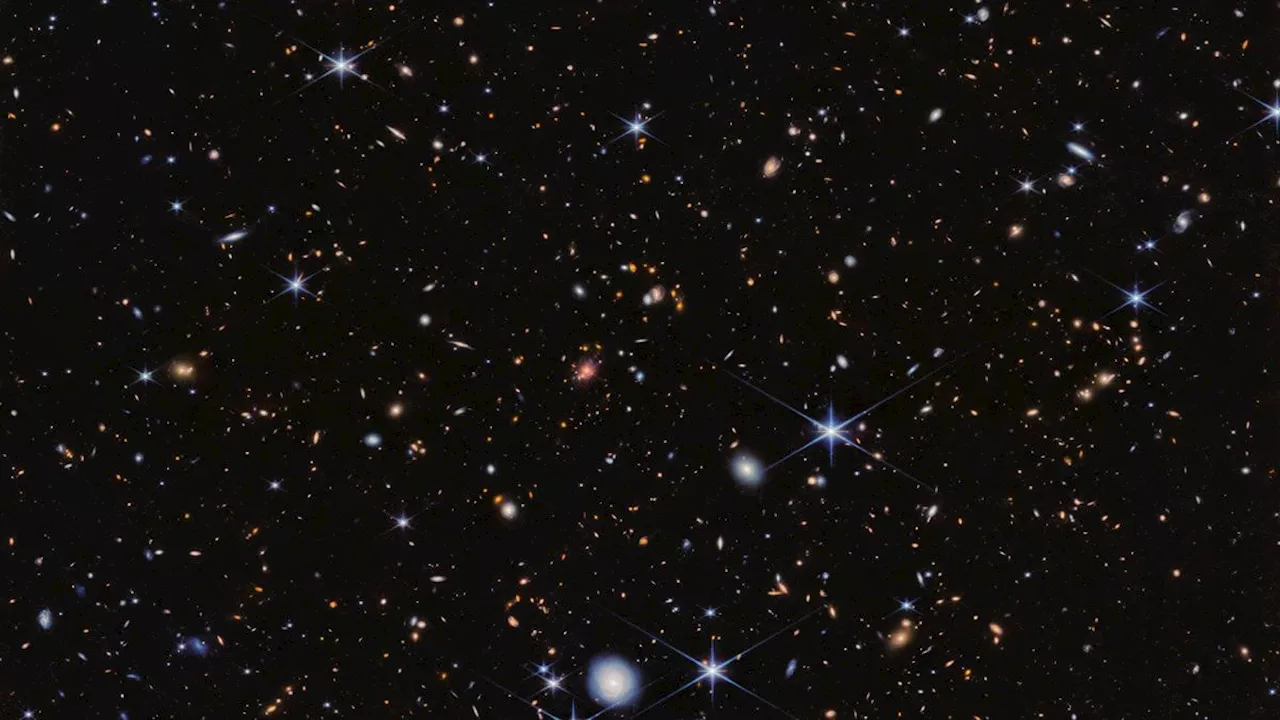New research using the James Webb Space Telescope (JWST) suggests that galaxies with active supermassive black holes at their centers produce stars at a significantly slower rate compared to galaxies without such black holes.
Jam packed issues filled with the latest cutting-edge research, technology and theories delivered in an entertaining and visually stunning way, aiming to educate and inspire readers of all ages. The James Webb Space Telescope (JWST) Near Infrared Camera (NIRCam), analyzed 19 galaxies that are part of the Spiderweb protocluster, one of the best studied galaxy groups in the universe, which lies some 11 billion light-years away.
Researchers found that galaxies with active supermassive black holes at their hearts produce stars at a much slower rate than those without such black holes. The findings might help fill a long-standing gap in our understanding of galaxy evolution. 'We succeeded in obtaining high-resolution maps of the recombination lines of hydrogen, which indicate the activity of star formation,' Rhythm Shimakawa, an associate professor of astronomy at Waseda University in Japan and lead author of the study, told Space.com. 'We found that massive galaxies with active supermassive black holes exhibit no sign of star formation when compared to those without active supermassive black holes.' Star formation occurs when massive clouds of cold hydrogen gas collapse under the weight of their gravity. As the density of matter inside the collapsing cloud increases, its temperature soars. That ultimately triggers nuclear fusion, which brings the stars to life. This process causes the ionization of hydrogen atoms, a mechanism that emits a specific type of radiation visible in the light spectra obtained by sophisticated instruments such as the JWST's NIRCam. The less star formation they get, the fewer stars they appear to produce. Originally, experts thought that star formation slows down simply because galaxies use up their cold hydrogen gas. However, observations have revealed that some galaxies as young as 1 billion years (our galaxy is 13.6 billion years old, for context) already show signs of a star-formation burnout. That is too short a period to allow those galaxies to run out of hydrogen gas through star formation alon
BLACK HOLES GALAXIES STAR FORMATION JAMES WEBB SPACE TELESCOPE ASTROPHYSICS
United States Latest News, United States Headlines
Similar News:You can also read news stories similar to this one that we have collected from other news sources.
 New Research may Explain how Supermassive Black Holes in the Early Universe Grew so FastSpace and astronomy news
New Research may Explain how Supermassive Black Holes in the Early Universe Grew so FastSpace and astronomy news
Read more »
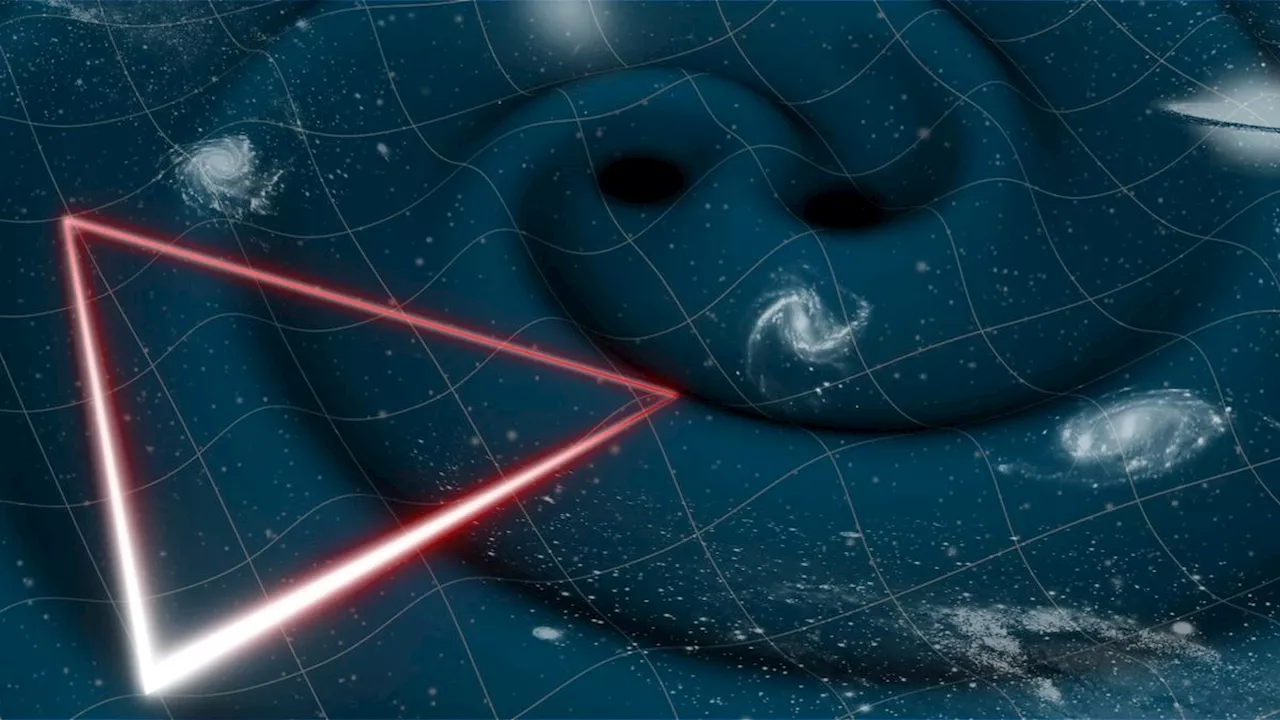 Could Black Holes Leak Information?New research suggests that black holes may secretly leak information through subtle signatures in gravitational waves. This leakage would be caused by quantum connections between the inside and outside of black holes, known as 'nonviolent nonlocality'. If this hypothesis is true, the information about what falls into a black hole would be preserved outside it, resolving the 'black hole information paradox'.
Could Black Holes Leak Information?New research suggests that black holes may secretly leak information through subtle signatures in gravitational waves. This leakage would be caused by quantum connections between the inside and outside of black holes, known as 'nonviolent nonlocality'. If this hypothesis is true, the information about what falls into a black hole would be preserved outside it, resolving the 'black hole information paradox'.
Read more »
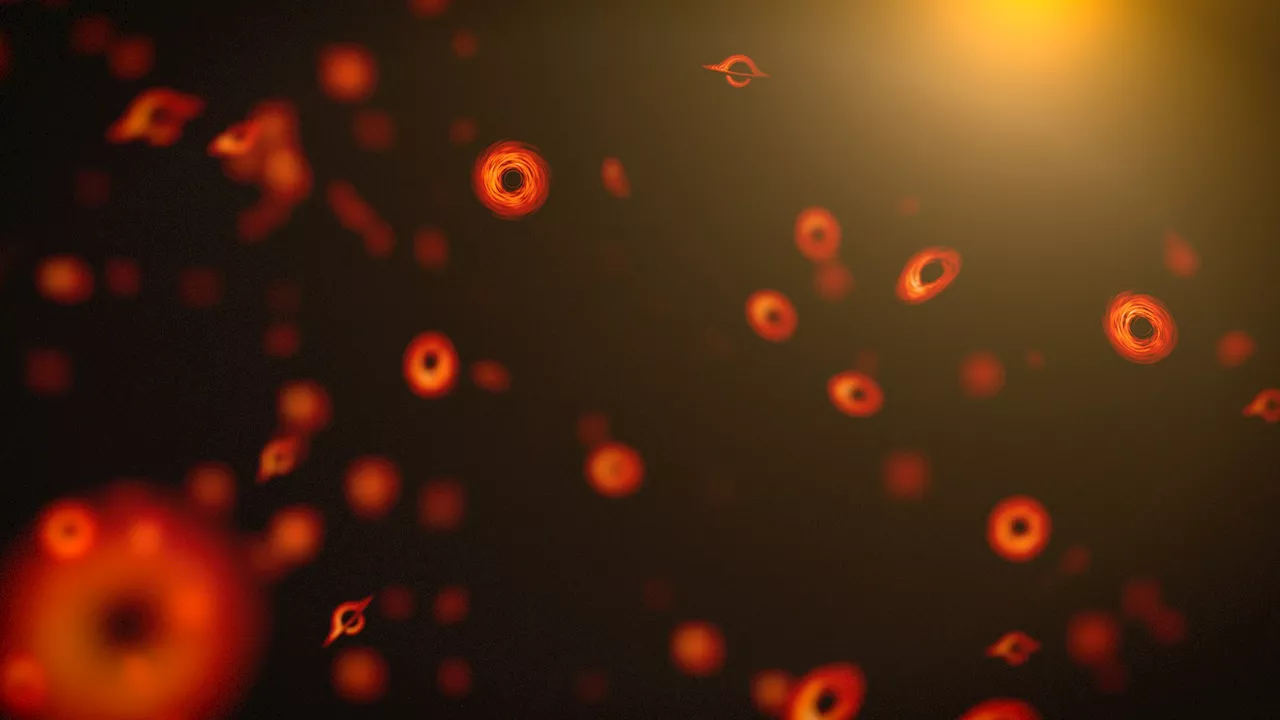 Could Primordial Black Holes Be Hiding in Plain Sight?A new outside the box proposal suggests small primordial black holes would hollow out asteroids or leave tunnels in rocks.
Could Primordial Black Holes Be Hiding in Plain Sight?A new outside the box proposal suggests small primordial black holes would hollow out asteroids or leave tunnels in rocks.
Read more »
 Could Primordial Black Holes Be Hiding in Plain Sight?A new outside the box proposal suggests small primordial black holes would hollow out asteroids or leave tunnels in rocks.
Could Primordial Black Holes Be Hiding in Plain Sight?A new outside the box proposal suggests small primordial black holes would hollow out asteroids or leave tunnels in rocks.
Read more »
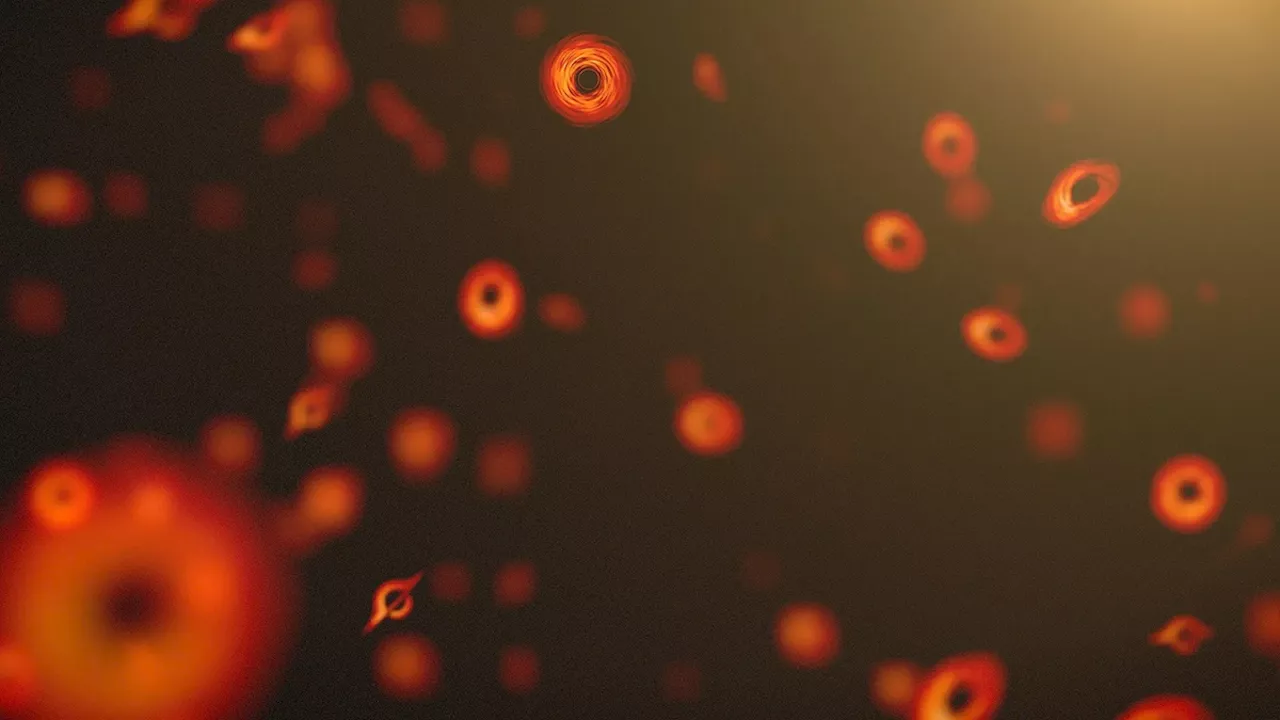 Miniature black holes could be hollowing out planets and zipping through our bodies, new study claimsBen Turner is a U.K. based staff writer at Live Science. He covers physics and astronomy, among other topics like tech and climate change. He graduated from University College London with a degree in particle physics before training as a journalist.
Miniature black holes could be hollowing out planets and zipping through our bodies, new study claimsBen Turner is a U.K. based staff writer at Live Science. He covers physics and astronomy, among other topics like tech and climate change. He graduated from University College London with a degree in particle physics before training as a journalist.
Read more »
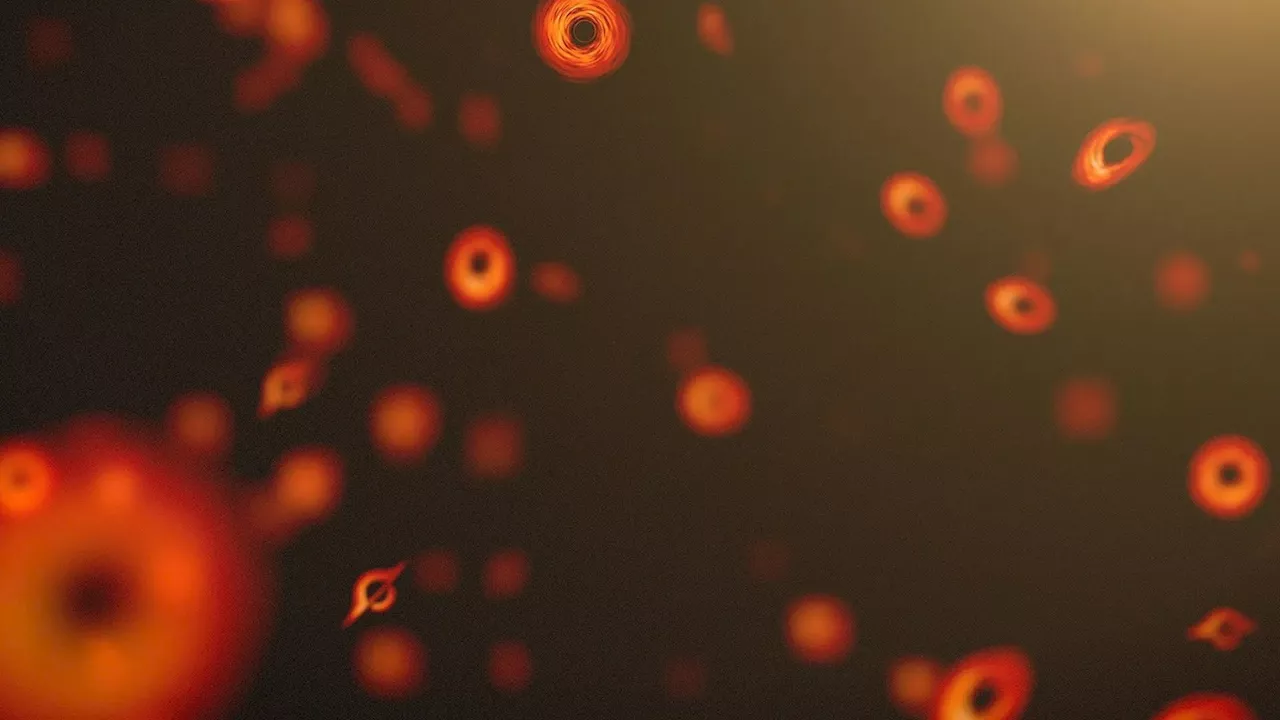 Ancient black holes could be hiding in plain sight, everyday objects: StudyThe researchers note that even if a primordial black hole were to pass through Earth, it would pose no danger to humans.
Ancient black holes could be hiding in plain sight, everyday objects: StudyThe researchers note that even if a primordial black hole were to pass through Earth, it would pose no danger to humans.
Read more »
